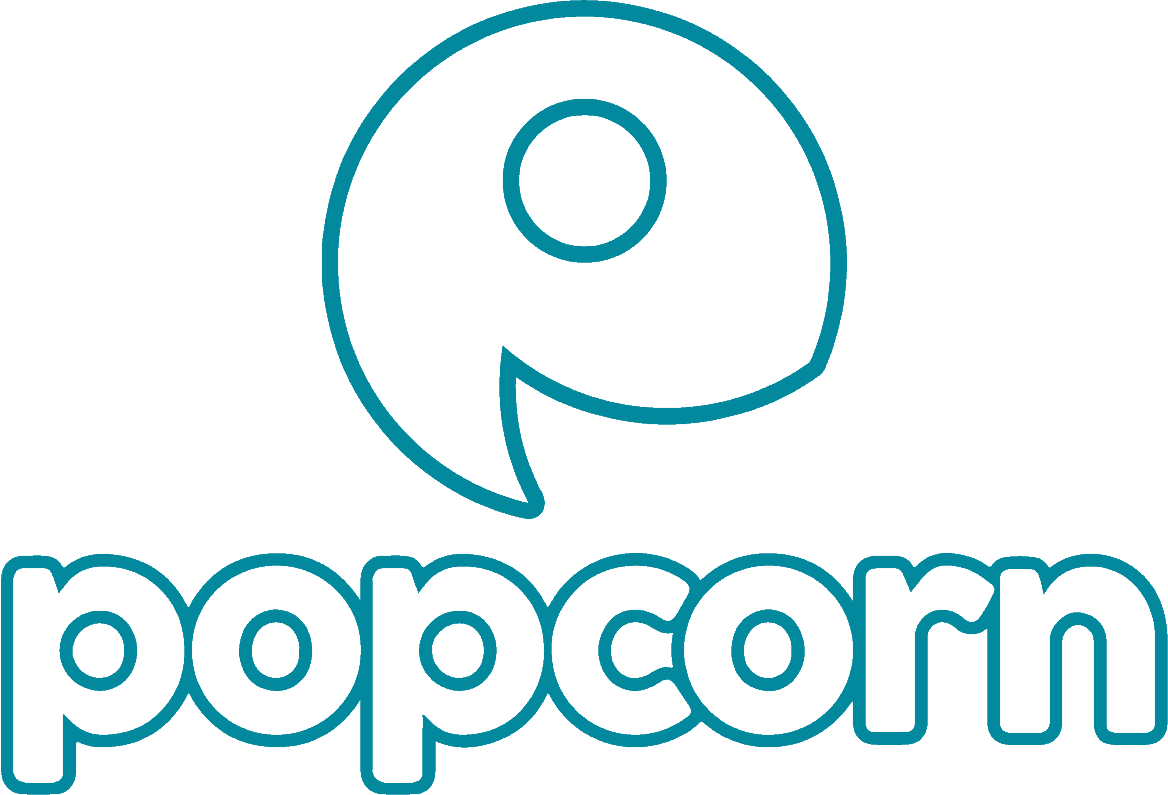This is the second part of a two-part series. Missed the first one? Pop over here and give it a read before you continue!
Introducing elements of storytelling into elearning is a great way to create a compelling course that captures your learners’ imagination. Here are some suggestions of how to do it:
Build a narrative
For the full storytelling effect, try building a simple narrative to house your information in. You should have: a setting; a character; an issue; development and consequences; and an outcome or realisation. Organise your information so it follows this arc and write supporting content to transform your bullets and paragraphs into a story. Research your audience and base your characters on that persona so they can relate to them. You want your audience to root for the characters and be invested in their journey, so they’ll remember their actions and apply them to their own work.
Involve the learner
Is there anything more exciting than starring in your own story? Placing your learners at the centre of your narrative is a fantastic way to engage them. Rather than introducing a character and a predicament they find themselves in, speak directly to your audience and give them the leading role in their own blockbuster. Make use of interactive questions where the learner needs to decide what to do depending on the circumstances. The course can then continue a certain way based on how they answer. To make things even more believable and realistic, consider using industry-specific examples and even names of real people in the organisation. An added bonus of learner-centric stories is that they give the audience practical experience that will boost their confidence when using these skills in their day-to-day tasks.
Use real-life examples
Company X fined £1million for breaking GDPR law! That’s quite the headline, isn’t it? Including examples of news stories and headlines is a great way to drive home the importance of why your audience is taking your course. It also helps learners connect the content they’re reading about with real-life consequences, as they may have seen or heard these headlines before.
Explain the what and why
When you’re creating a course about an important new compliance rule or process, it’s easy to get bogged down with the details of the regulations and forget to explain why they’re important. Remember, learners won’t really be interested in the complex details of legal processes as these won’t impact their daily life. Instead, they want to understand why they need to know it and how it may affect them. If you can explain to learners why the process exists, what it means for their role, and how it’s going to help them, they form an emotional tie to it and have a vested interest in adopting it. This is a key part of getting people to see the value in the training they’re undertaking.
Appeal to your audience’s emotions
The story you craft throughout your content should elicit an emotional response from learners. Whether it’s a desire to help, a need to contribute to a common cause, or simply curiosity about how something works, you want learners to connect with what they’re reading so they engage with the training and learn more. Remember, you’re creating a story for a reason. People are more likely to remember the underlying messages of something they’ve learned as they recall how it made them feel. So, while you could just share key bullet points to get your information across, a story will create an emotional response that helps learners resonate with the information they’re reading, and ensure the facts and data stay with them.
When used in the right way, storytelling can be an incredibly powerful tool for elearning. Why not give these tips a try next time you’re working on a course! Alternatively, drop us a line at [email protected] and we’ll arrange a chat about our experience and expertise in this area.






